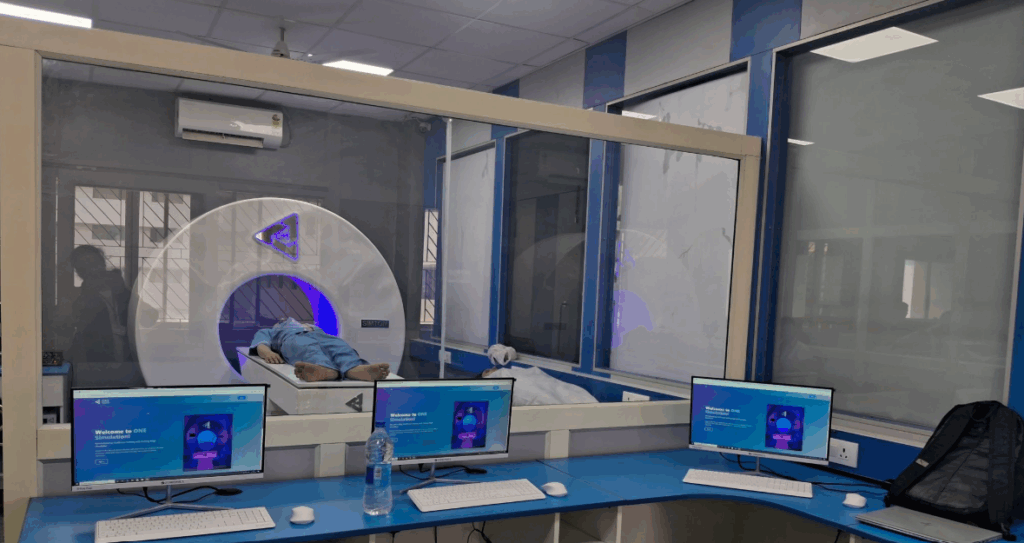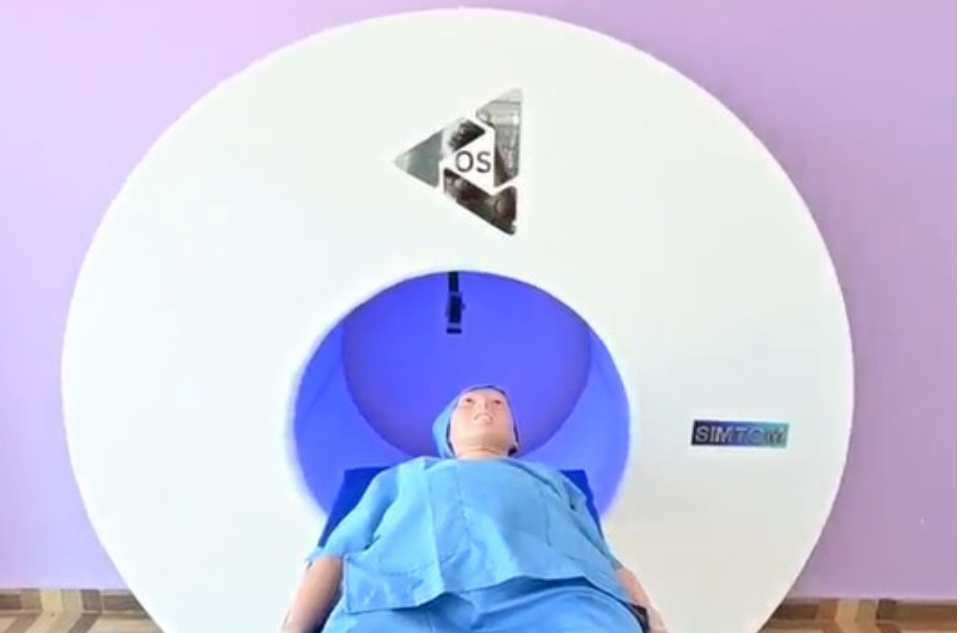In a world where healthcare is moving rapidly toward precision, speed, and safety, radiology training can no longer rely on outdated teaching methods. The demand for skilled CT Simulators technologists is growing—but what prepares them to deliver under pressure, without risking patient safety?
Enter the CT simulator—a game-changing tool that’s quietly revolutionizing simulation healthcare. Whether it’s for hospitals, diagnostic centres, or radiography colleges, investing in a CT simulation lab isn’t just smart—it’s essential.
Beyond Chalkboards: Why Traditional CT Simulator Training Falls Short
Medical imaging, especially CT scanning, involves more than just pressing a button. Radiographers must position patients correctly, select appropriate scan protocols, and manage radiation doses—all in high-stress environments.
Yet, traditional training often limits students to theoretical knowledge or brief, supervised exposure to real machines. That’s not enough when life-or-death decisions rely on clear, accurate imaging.
Practice Without Pressure: The Power of CT Simulator Experiments
Simulation experiments bridge the gap between knowledge and hands-on skill. In a CT simulator lab, students learn by doing—repeatedly and safely. They can handle mannequins, practice real-world scan scenarios, and make mistakes without consequences. It’s this low-risk environment that builds high confidence. And with AI-enhanced radiology simulators, learners even get exposed to rare clinical conditions—something no textbook or classroom can consistently offer.
Radiation-Free, Risk-Free: A New Era in CT Simulator Education
One of the most significant innovations in CT healthcare training is the introduction of radiation-free CT scan. These simulators replicate the full functionality of a CT machine—minus the radiation. Students learn how to manage CT simulation radiation workflows safely and realistically. The ONE Simulation CT simulating is a leading example. It’s a next-gen AI-based radiation-free CT simulation that allows learners to scan, analyse, and diagnose without exposing themselves—or patients—to a single drop of radiation.

Scalable and Smart: Ideal for Every Institution
From top-tier hospitals to smaller regional institutes, this kind of simulation healthcare solution is highly scalable. Importantly, you don’t need a working CT scanner or repeated patient access to deliver world-class training. This becomes particularly significant in India, where many colleges and diagnostic centres lack the resources for live imaging practice. Therefore, the role of a radiation-free CT simulator in India is not just about convenience—rather, it’s about democratising access to high-quality education.
Real Training for Real Emergencies
Emergencies demand quick thinking and perfect execution. CT imaging is often the first diagnostic step for strokes, trauma, and internal bleeding. By using simulators, trainees develop reflexes, not just routines. They’re exposed to pressure situations where decisions must be made in seconds—a critical advantage when they face the real thing.
The Future Is Simulated—and It’s Here
The future of CT education in radiographer training undoubtedly lies in simulation. With the integration of AI, dynamic patient scenarios, and real-time performance tracking, today’s simulators are no longer optional—instead, they’ve become the gold standard. By choosing to invest in CT radiology, institutions are investing in safer, smarter healthcare. In doing so, they’re building teams that are ready for the future—confident, capable, and crisis-ready.
Conclusion
Incorporating platforms like ONE Simulation is not merely about modernizing a lab—rather, it’s about improving patient outcomes, reducing risk, and giving students a head start in real-world radiology. While a CT imaging may seem like just a training tool on the surface, its true impact lies in the lives it helps save—even before the radiographer graduates.

